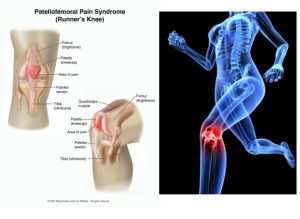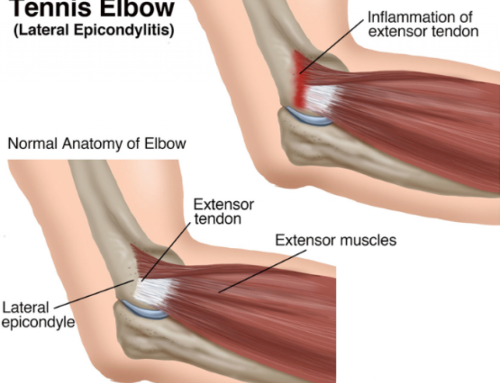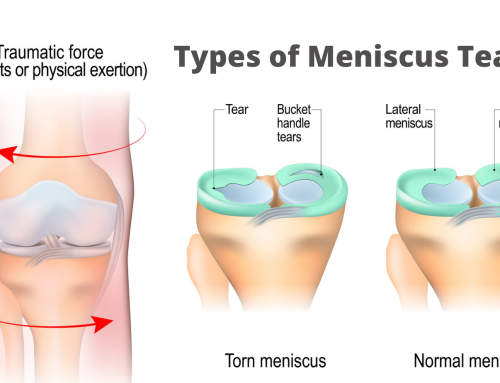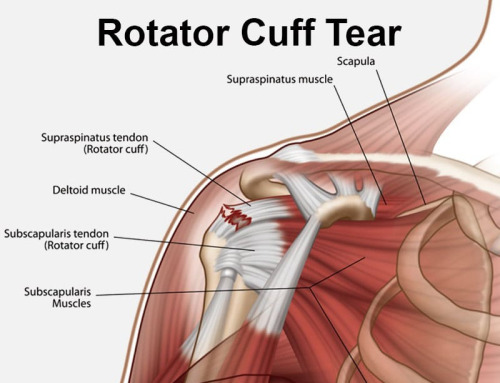In this article, we will delve into the world of patellofemoral pain, a common knee condition that affects individuals of all ages and activity levels.
If you’re seeking effective solutions to alleviate patellofemoral pain, look no further than the expertise and guidance offered by our skilled physiotherapists!

What is Patellofemoral Pain?
Patellofemoral pain, also known as runner’s knee or anterior knee pain, is a condition characterised by pain (dull ache or sharp) in the front of the knee. It commonly occurs when the patella (kneecap) does not track properly in the groove of the femur (thigh bone) during knee movement, resulting in excessive pressure and irritation.
While patellofemoral pain is frequently associated with physical activities like running, jumping, or squatting, it can also arise from everyday movements such as descending stairs or sitting for prolonged periods.
Causes and Risk Factors:
Several factors contribute to the development of patellofemoral pain. These may include:
- Muscle Imbalances: Weakness or imbalances in the muscles around the knee, such as the quadriceps or hip muscles, can disrupt the patellar alignment and increase the risk of pain.
- Overuse and Training Errors: Engaging in repetitive activities without adequate rest or gradual progression can strain the knee joint and lead to patellofemoral pain.
- Structural Abnormalities: Certain anatomical factors, such as flat feet, high arches, or misalignment of the leg bones, can alter the distribution of forces on the knee joint, contributing to pain.
- Biomechanical Issues: Poor movement mechanics, such as improper running or jumping techniques, can place excessive stress on the patellofemoral joint.
The Role of Physiotherapy in Patellofemoral Pain Management:
Physiotherapy plays a pivotal role in effectively managing and resolving patellofemoral pain. Our experienced physiotherapists can provide tailored treatment plans to address your unique needs, helping you regain pain-free movement and prevent future recurrences. Here are some ways in which physiotherapy can benefit you:
- Comprehensive Assessment: Our physiotherapists will conduct a thorough evaluation to identify the underlying causes of your patellofemoral pain. This includes assessing your muscle strength, flexibility, movement patterns, and biomechanics to develop an individualised treatment approach. If you are a runner they will also perform a running assessment on a treadmill.
- Targeted Exercises: Specific strengthening exercises will be prescribed to rebalance muscle imbalances, improve joint stability, and enhance overall knee function. These exercises may focus on the quadriceps, hamstrings, glutes, and core muscles to optimize knee mechanics and overall body performance.
- Manual Therapy: Hands-on techniques such as soft tissue mobilization, joint mobilization, and myofascial release may be employed to reduce pain, improve tissue extensibility, and restore normal joint alignment.
- Biomechanical Analysis and Correction: Our physiotherapists can analyze your movement patterns during functional activities and provide guidance on proper techniques to reduce strain on the knee joint.
- Taping: Specific taping methods have been proven to have positive effects on pain and overall function of the knee and lower limb! Our therapists are skilled in taping and empowering patients to self-manage their knee pain if taping is appropriate to treat their knee pain.
- Education and Injury Prevention: We believe that empowering you with knowledge is essential for long-term management. Our physiotherapists will educate you on self-care strategies, proper warm-up routines, and injury prevention techniques to reduce the likelihood of future knee pain.
Conclusion:
At Advanz Health, we love keeping you moving! So if you are experiencing pain with activity or in daily life, book an appointment to see one of our experienced therapists today so that we can get you back to 110% and enjoying the things you love pain-free!




